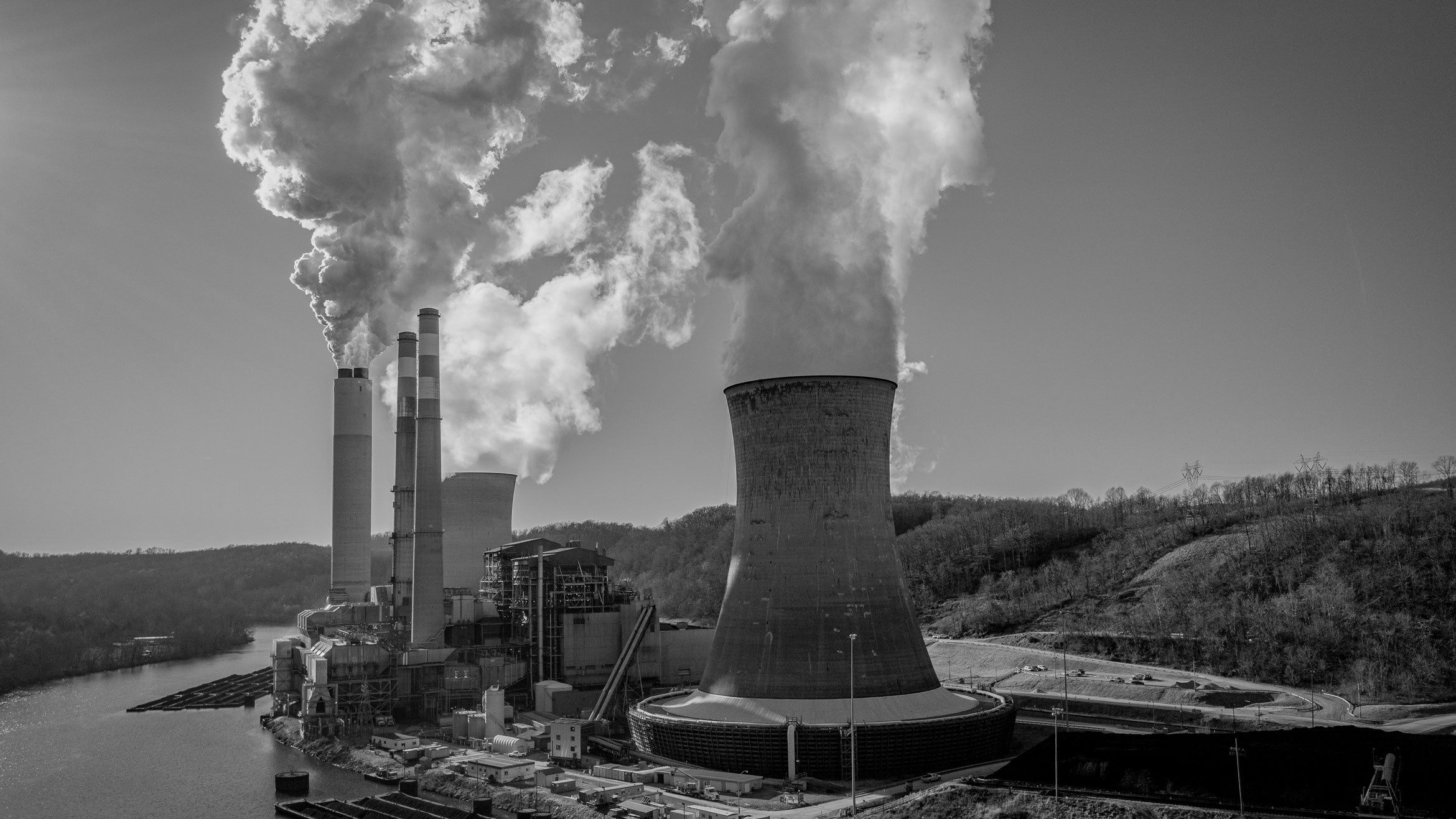UCSB Scientists Probe Sea Floor Venting to Gain Understanding of Early Life on Earth
New keys to understanding the evolution of life on Earth may be found in the microbes and minerals vented from below the ocean floor, say scientists at the University of California, Santa Barbara.
The UCSB scientists are making new contributions to this field of inquiry in their studies of seafloor hydrothermal fluid discharge into the Earth's oceans, which has been occurring ever since the oceans first formed four billion years ago. Conditions below the sea floor may most closely mimic the environment when life began.
"There is a great deal of interest in the microbes of the Earth's crust because the strategies by which they survive may be similar to the earliest strategies of life on Earth, and perhaps also on other planetary bodies," said Rachel M. Haymon, UCSB professor of geology.
Newly discovered geological and biological manifestations of hydrothermal activity at two sites on the sea floor to the west of Central America are reported by Haymon, lead author, and three other UCSB geologists in the February issue of the journal, Geology.
The discovery of deep sea hot springs and an abundance of microbes in the subseafloor are among the most remarkable scientific findings in Earth science during the latter half of the twentieth century, and have now become a powerful motivation for research and exploration, according to the National Science Foundation, a major funder of this work. The NSF explains that subseafloor ecosystems may represent both the cradle of life on Earth and a model for the exploration and discovery of life on other planets.
"We are highly conscious of the importance of microbes in the grand scheme of things," said Haymon. "Indeed, they are the greatest biomass on the planet. They are strongly implicated as the earliest life here and perhaps elsewhere."
The direct linkages between life and planetary processes on the volcanically active, deep-sea, mid-ocean ridge system can only be understood through tightly integrated studies across a broad range of disciplines in geophysics, geology, chemistry, biology, and oceanography, according to the NSF.
For this study, Haymon and her UCSB colleagues studied the "flanks" of the mid-ocean ridge, which---at 40,000 miles long---is the largest geological feature of Earth, and possibly the solar system. At the mid-ocean ridge the plates comprising the Earth's lithosphere move apart, lava wells up and freezes to form rock. This is how the sea floor is created.
Haymon is interested in the large region of cooling on the sides of the mid-ocean ridge. Possibly 90 percent of the hydrothermal cooling of the sea floor occurs in these flanks, and yet these hydrothermal vents are largely unexplored. The flanks are deeper than the mid-ocean ridge crest. Cooling of the tectonic plates, and the impact of the ridge flank system on the chemistry of the ocean, are fundamental global-scale processes.
On dives in the submersible Alvin, Haymon and her UCSB colleagues---Ken C. Macdonald, Sara B. Benjamin, and Christopher J. Ehrhardt---studied "abyssal" underwater hills that cover a large geomorphic terrain on the ocean floor and are the most common landforms on the Earth. However, little is known about hydrothermal venting from these common features.
The team describes newly discovered geological and biological manifestations of hydrothermal activity at two sites on young abyssal hills flanking the East Pacific Rise, a fast-spreading portion of the global mid-ocean ridge system. These are the first reported manifestation of hydrothermal systems associated with abyssal hills on the flanks of a fast-spreading ridge.
"To explain these features, we suggest that abyssal hill hydrothermal venting occurs in frequent bursts, possibly triggered by earthquakes," said Haymon. "Such widespread and oft-repeated pulses of hydrothermal venting may stimulate microbial blooms on abyssal hill fault scarps, thus providing a potential food source for ridge flank biota, and an opportunity for researchers to sample the biosphere below the sea floor."
The sides of abyssal hills are fault escarpments (or scarps) created by vertical uplift of the seafloor during many events of fault slippage that produce frequent earthquakes. The scarps are cliffs that expose and provide access to the subseafloor, without the need for drilling, making it easier to tease out what is living at depth in oceanic crust. The fluids that emerge may come in bursts when earthquakes occur; fluid flow may therefore repeat episodically over hundreds of thousands of years as abyssal hills are uplifted and spread away from the mid-ocean ridge crest.
Haymon compared the subsurface microbes they found to those living in hot springs such as those at Yellowstone National Park.
Related Links
The Article in Feb 2005 Issue of Geology
Rachel Haymon's Web Page



